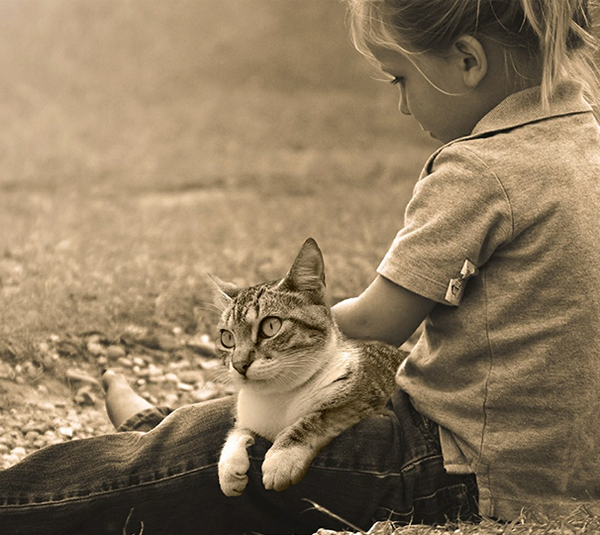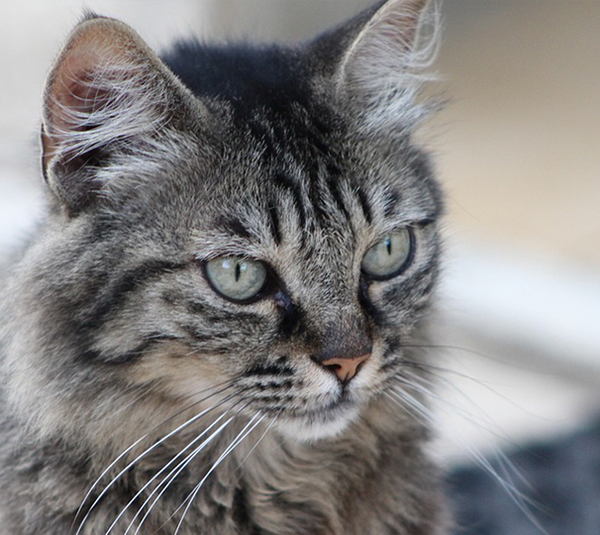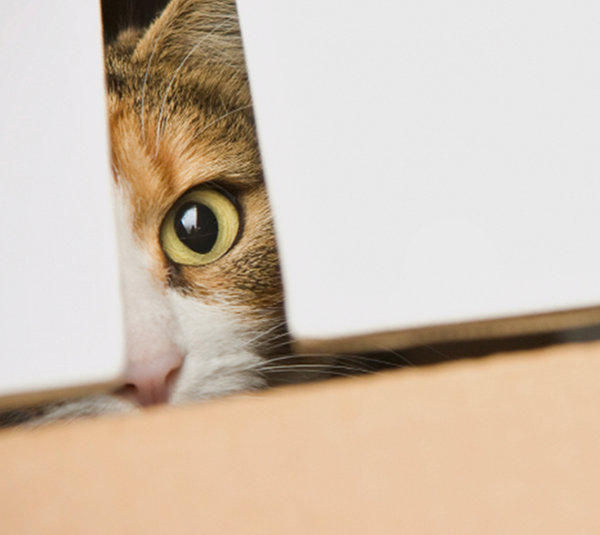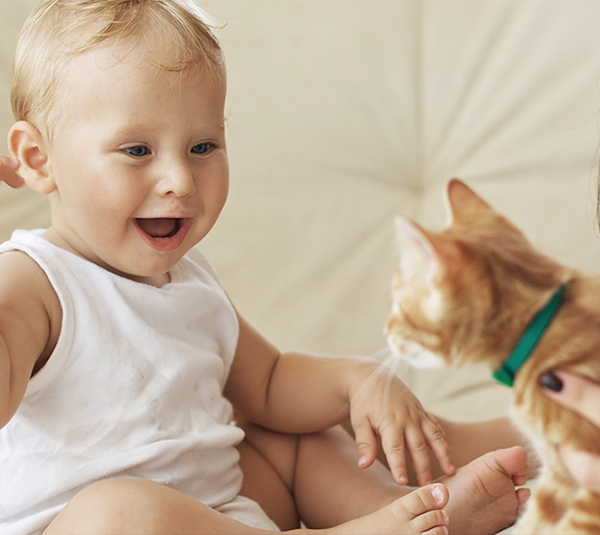Travelling with your cat
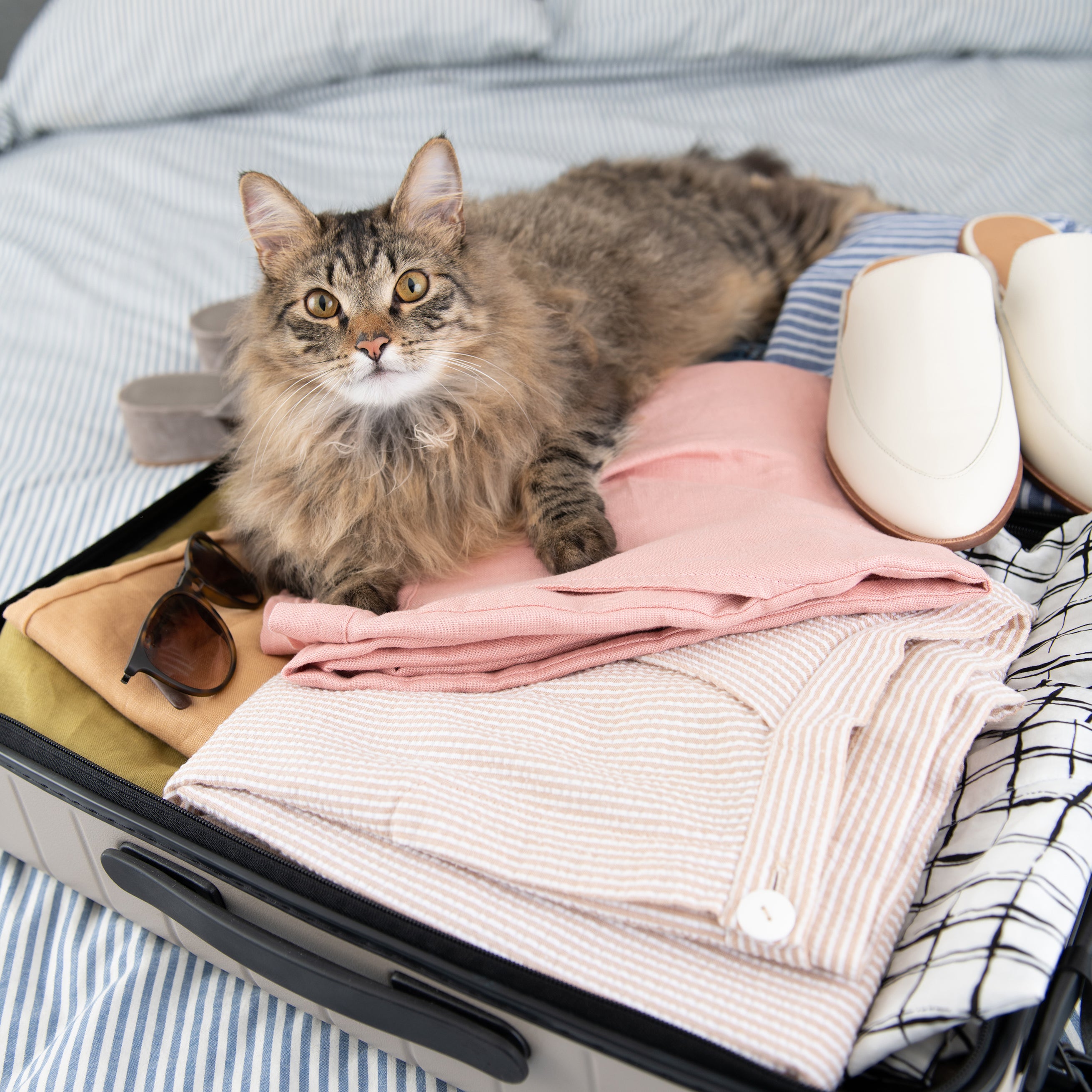
Historically, cats aren't the happiest travellers. They’re often even more attached to their homes than their 'pack' and can feel vulnerable when removed from familiar territory.
To ensure your cat has the most comfortable and stress-free journey, there are a few things to consider. We’ve listed some of them below.
When travelling by car
● Keep your cat secured at all times. A loose cat could cause an accident by distracting the driver or could escape.
● Invest in a safe, solid and easy to clean carrier. It should be well ventilated and not too large - cats feel safer in a smaller space.
● Do not put the cat in the boot – ventilation is usually poor, and the cat may overheat.
● Secure the carrier using the seatbelt.
● Speak calmly and reassuringly to your cat if it shows signs of distress.
● Check the cat regularly, especially if the weather is hot. If you stop for a break, put the car in the shade and leave windows open. Heat-stroke can kill.
Travelling by train
For rail travel, make sure the cat carrier is very secure and that it is also light enough to carry. Look for a solid base to protect the railway carriage if the cat urinates. Line it with absorbent material and take spare bedding for good measure.
Travelling by air
If you intend to travel by plane, you need to plan well ahead. Most airlines do not allow cats to travel with their owners, as pets travel in a separate part of the hold.
When choosing the flight, aim for one that’s direct so that there is no need for a change over disturbance. Remember: Pregnant cats or kittens under three months old should not travel.
Remember to check all the travel and border regulations. Preventive health requirements such as rabies vaccination (or even quarantine) will vary, as will those for worm/flea treatment, etc.
The cat carrier
Cats usually associate carriers with the vet - so understandably, they're not keen to get into it! To avoid stress, let the cat become accustomed to the carrier well before the journey. And here are some tips that could help:
● Make it fun – feed the cat treats inside it and make a cosy bed of familiar smelling bedding. Leave the door open and encourage the cat to sleep in it.
● If you have more than one cat, separate carriers are advised; this allows better
airflow, more room and less chance of fighting or overheating.
● Withhold food for about four to five hours before the journey to prevent travel
sickness. Offer water until you leave and again during the journey if possible.
Arriving at your destination
When you arrive at your destination:
● Place the cat in one secure room and make sure it's comfortable.
● Offer your cat water and a little food.
● Do not let the cat go outside straight away, and make sure it is identifiable if lost.
● Gradually let it explore further and use food to ensure it does not go too far and
returns for regular meals.
Use of sedatives
If you know your cat is a bad traveller, it's worth talking to your vet about tranquillisers.
However, with many side effects, this route needs investigating thoroughly.
For further tips and more detailed information about how to make travelling with your cat a carefree process, please have a read of the complete article here.
